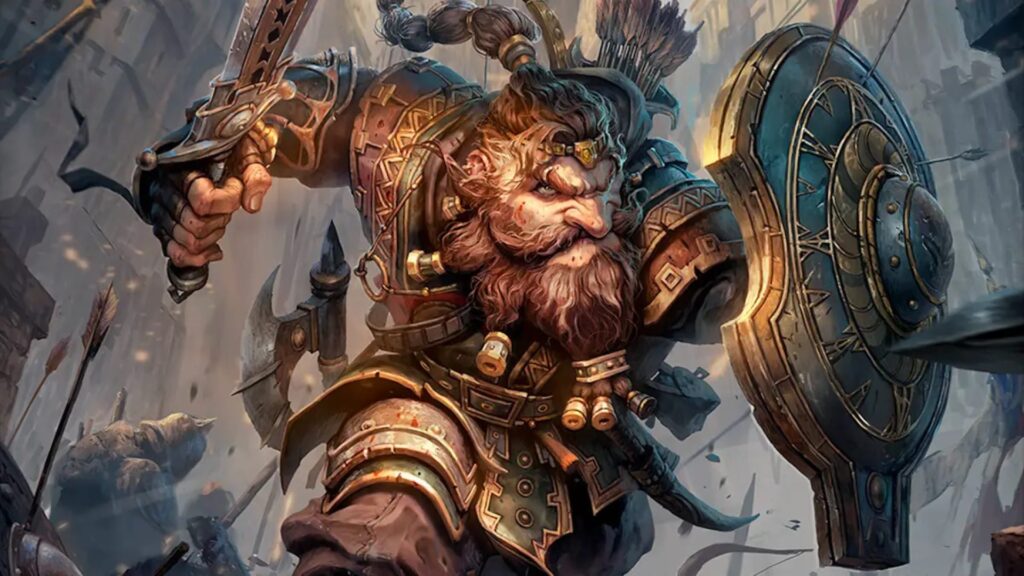
AI-generated art is a major point of contention in multiple creative industries. Maligned for how it steals artists’ work, floods the market with homogenous spam, and devalues the hard work of creative fields.
After recent events, Wizards of the Coast reiterated its stance on its use in Dungeons & Dragons.
The Wizards of the Coast AI statement
In a recent post on D&D Beyond, Wizards of the Coast gave an updated statement on the use of AI-generated or AI-enhanced art in their books and products. That statement in its entirety is thus:
For 50 years, D&D has been built on the innovation, ingenuity, and hard work of talented people who sculpt a beautiful, creative game.
That isn’t changing. Our internal guidelines remain the same with regards to artificial intelligence tools: We require artists, writers, and creatives contributing to the D&D TTRPG to refrain from using AI generative tools to create final D&D products.
We work with some of the most talented artists and creatives in the world, and we believe those people are what makes D&D great.
This statement came shortly after the community reaction to artwork for the D&D 2024 Core Rulebooks shown at PAX Unplugged. Shortly after they were shown, posts began to circulate online, claiming the artwork was AI-generated.
This skepticism wasn’t entirely unfounded. Early artwork shown for the Bigby Presents: Glory of the Giants supplements had AI-generated artwork within. Artwork that was quietly replaced upon the book’s official release.
Given the inherent corporate appeal of AI tools being cost-effective and the recent tarnishing of Wizards of the Coast’s reputation, the OGL debacle, the price hikes, the layoffs, etc., these accusations did fit well onto a narrative of ongoing executive blundering.
Thankfully, Comicbook.com’s own Christian Hoffer brought some light to the situation. In a Twitter thread, Hoffer mentioned he had reached out to the artist credited, Nestor Ossandón for answers.
In short, Ossandón expressed in great detail the creative process he went into painting the piece. He even included visual aids of the artwork at various stages from penciling to inking to shading to the final version.
While it is good to see Wizards of the Coast’s stance on AI art reflected in what has been shown, it is also illustrative of just how volatile the discourse around AI tools has become.